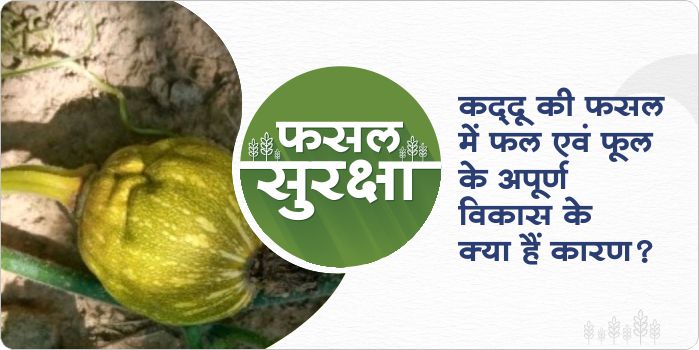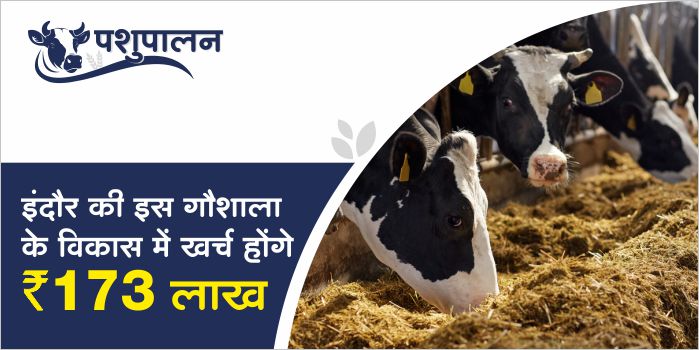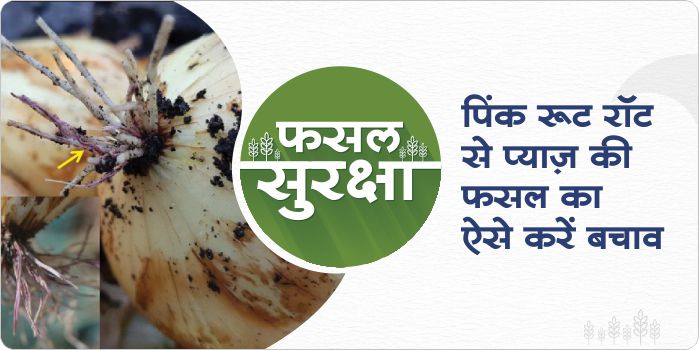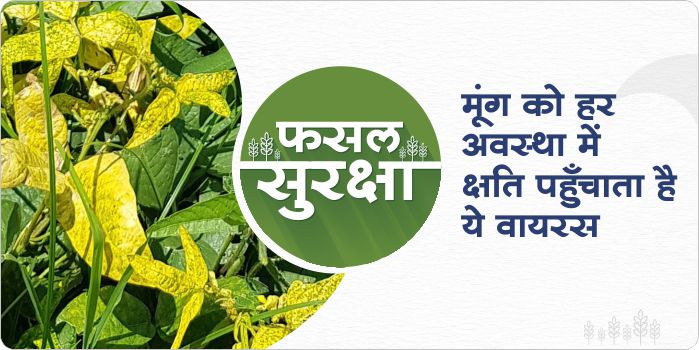- Pumpkin crops are still planted in most of the field.
- Some fruits are appearing, but they are not fully developed, and they are small in size.
- This problem is due to the poor activity of honey bees because of weather changes.
- As you all know, honey bees naturally support pollination in pumpkin crops.
- If there is a decrease in the activity of honey bees, then the growth of fruits of the pumpkin fruit is improper or fruit is not produced.
Government will development Ahilyamata Gaushala of Indore Janpad Panchayat
The Madhya Pradesh government is preparing to make Ahilyamata Gaushala an ideal gaushala, which is located in village Pedmi, under the Indore district panchayat of Indore district. In fact, last month a meeting was held to discuss the subject of development of Gaushalas in the state, which was chaired by Chief Minister Shivraj Singh Chauhan.
In this meeting, it was decided that a large cowshed would be developed in every district of the state. Now the same decision is being implemented and work is being done to develop a cow shed in Indore. 173 lakh rupees have to be spent in the development work of the cowshed. Please tell that there are currently 400 cows in this cowshed, which is planned to be increased from 900 to 1000 cows soon. New jobs will be created due to the development work of these cowsheds.
Source: Krishak Jagat
ShareThere is no relief from the heat in central India, know weather forecast
Summer is continuing in almost all areas of central India. In many areas, the temperature is on the verge of touching 40 degrees. In many areas of Gujarat, southern region of Madhya Pradesh, Maharashtra, the temperature is very high and the temperature is expected to increase further in the coming days.
Video Source: Skymet Weather
ShareHow to prevent pink root rot disease in onions
- The main symptom of this disease is onion roots becoming pink.
- When the infection is high, the roots become black and dry.
- Due to this, the growth of tubers is greatly affected.
- It is very important to use the following products to prevent this.
- Use Kitazin 48% EC @ 400 ml/acre or Thiophanate Methyl 70% W/W @ 300 gram/ acre.
- Use Trichoderma viride @ 500 gram/acre as soil treatment and Pseudomonas fluorescens @ 250 gram/acre as spray as biological treatment.
What was the price of different crops in the mandis of Madhya Pradesh
| Mandi | Crop |
Model price per quintal
|
| Ratlam | Garlic | 1500-6364 |
| Ratlam | Garlic | 1600-5900 |
| Pipariya | wheat | 1401-1730 |
| Pipariya | gram | 3600-4710 |
| Pipariya | Corn | 1100-1254 |
| Pipariya | Mung bean | 4400-7500 |
| Pipariya | Soybean | 4000-4480 |
| Pipariya | Your | 4700-6800 |
| Pipariya | Grain | 1900-2705 |
| Dhamnod | wheat | 1680-1756 |
| Dhamnod | Dollar gram | 3650-6850 |
| Dhamnod | Corn | 1230-1380 |
| Dhamnod | Soybean | 4300-4310 |
| Dhamnod | Seasonal gram | 4500-4735 |
| Timber | Soybean | 3300-4676 |
| Timber | Mustard | 4551 |
| Timber | wheat | 1725-1788 |
| Timber | gram | 3824-4231 |
| Timber | Your | 3551 |
| Timber | Corn | 1052-1150 |
| Timber | Mung bean | 3140-8223 |
| Timber | Urad | 3500-6201 |
| Khargone | wheat | 1676-1941 |
| Khargone | gram | 4557-5178 |
| Khargone | Corn | 1270-1334 |
| Khargone | Cotton | 4650-6450 |
| Khargone | Soybean | 4891-5066 |
| Khargone | Your | 5757-6441 |
| Ratlam | Italian gram | 4801-5140 |
| Ratlam | Yellow soybean | 3910-5125 |
What is yellow vein mosaic of green gram and how to control it
- Yellow vein mosaic is a major viral disease caused in green gram.
- It spreads due to white fly and causes 25-30% of damage.
- The symptoms of this disease can be seen in all the stages of the plant.
- In this disease the veins of the leaves become yellow and a mesh-like structure is formed on the leaves.
- To prevent this,use Acetamiprid 20% SP @ 100 gram/acre or Diafenthiuron 50 % WP @ 250 gram/acre or Pyriproxifan 10% + Bifenthrin 10% EC @ 250 ml/acre
- Use Beauveria Bassiana @ 250gram/acre as a biological treatment.
Many regions of Madhya Pradesh continue to be hot, know weather forecast
There is an opposite geo-cyclonic region in Central India, due to which the winds are moving downwards. These winds are very hot due to which the temperature in these areas is continuously increasing. Along with this, the weather in these areas has also been clear. It is expected that along with South Madhya Pradesh, Vidarbha, Marathwada, Chhattisgarh and Gujarat, some areas of Maharashtra will also have very strong heat with strong sunshine. At present, there is no possibility of getting relief from the heat in these areas.
Source: Skymet Weather
ShareMajor change made to prevent fraud in PM Kisan Yojana
Pradhan Mantri Kisan Samman Nidhi Yojana is benefiting crores of farmers of the country. But in many places the money of this scheme is also being passed on to ineligible farmers, the government is taking many steps to stop it. In this episode, a new change is going to take place regarding this scheme.
In order to provide easy benefits to all eligible farmers of PM Kisan Yojana, the Central Government has instructed to list the beneficiaries of the scheme in all gram panchayats of the country. All the state government will have to do this work.
Due to this, all the fake farmers who were taking advantage of this scheme till now will not be able to take it now. With this new decision of the government, every person of the village will get information about who is availing the benefit of the scheme and it will also easily identify the fraudster.
Source: Krishi Jagran
ShareFertilizer Management and Use of Samriddhi Kit at the time of sowing in Moong Crop
- Elements which are very essential for good germination of Green Gram should be given in the form of soil treatment at the time of sowing.
- DAP @ 40 kg/acre + MOP @ 20 kg/acre + zinc sulphate @ 5 kg and mix in soil and broadcast the field before sowing.
- Also use ‘Moong Samriddhi Kit’ which will become the safety shield for your crop.
- This kit will provide everything which is needed for the green gram crop. There are many products included in this kit,
- Such as consortia of PK bacteria, Rhizobium bacteria, Trichoderma viride, humic acid, seaweed, amino acids and mycorrhiza
What was the price of onion and garlic in Indore’s Mandi on March 5?
| Indore | Max (Rs/quintal) | Min (Rs/quintal) | Modal (Rs/quintal) |
| Onion | 2400 | 1500 | 2000 |
| Garlic | 4500 | 2000 | 3000 |









